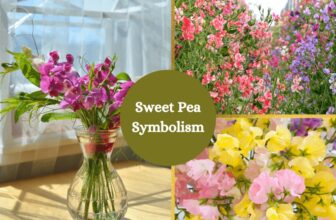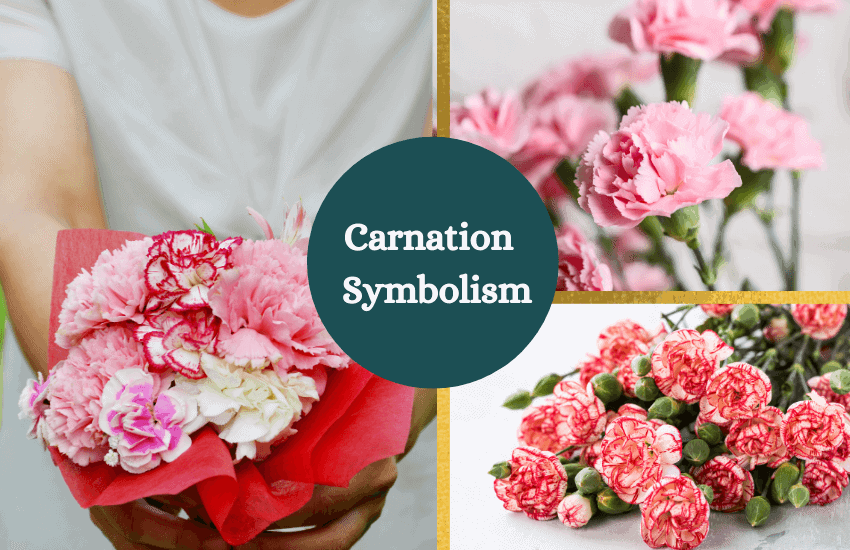
Table of Contents
One of the most popular flowers ever, carnations have been cultivated for over 2000 years. They come in a variety of colors, each with its own symbolism. Carnations are connected to many ancient and religious myths. Today, the flower is popular in bridal and floral bouquets, as well as in floral decorations for a variety of occasions. Here’s a closer look at carnations.
What are Carnations?
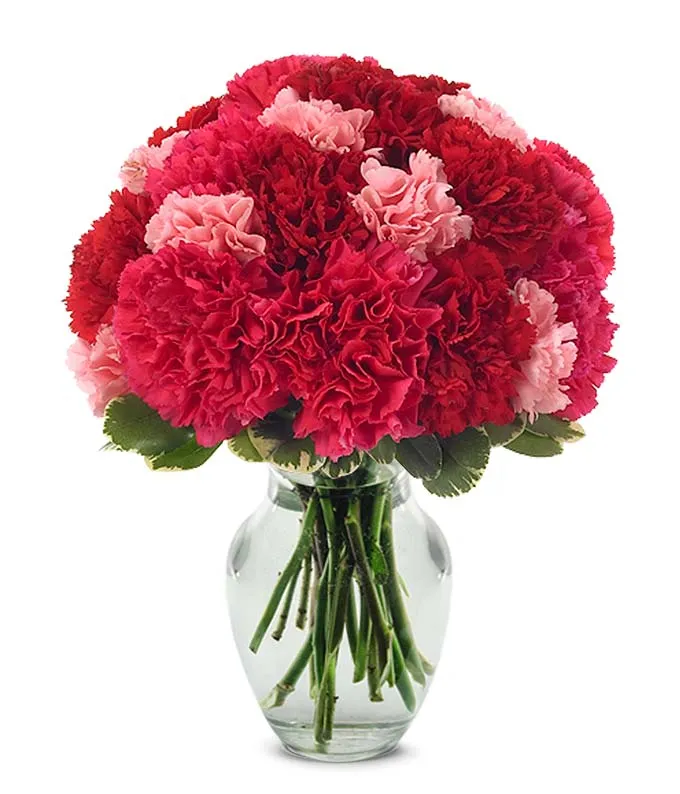
Carnations are believed to be native to the Mediterranean region, but because the flower has been cultivated for over 2,000 years, it’s difficult to place its exact location of origin. Pink was the most common carnation color, but over the years, other varieties have started to bloom. Carnations now come in a wide range of colors such as pink, purple, red, yellow, and white.
When it comes to the etymology of its name, there are different versions. The name carnation is believed to be derived from the Latin term carnis which literally means flesh and is associated with the pink color of the flower. Its scientific name, Dianthus caryophyllus, is believed to be derived from the goddess of the hunt, Diana.
In Greek mythology, the goddess of the hunt, Artemis, was on her way home after a rather upsetting hunting trip when she saw a shepherd playing the flute. She blamed his music as the reason for her uneventful hunting. The goddess gouged his eyes out, but she later regretted her actions. Red carnations grew where the eyes fell as a sign of innocent blood.
The same myth exists in Roman mythology, in connection to Diana, the Roman equivalent of Artemis.
Quick Facts:
- While roses continue to be the most popular cut flower of all time, carnations rank close behind.
- Carnation is the national flower of Slovenia and Spain.
- The first carnations in the U.S. were sent from France in 1852 and shipped to Long Island.
- In 1904, Ohio declared the scarlet carnation as their state flower in honor of the late President William McKinley.
- Carnation is also the birth flower of people born in January.
- This flower is usually given by a significant other to symbolize their commitment and love.
Uses of Carnations
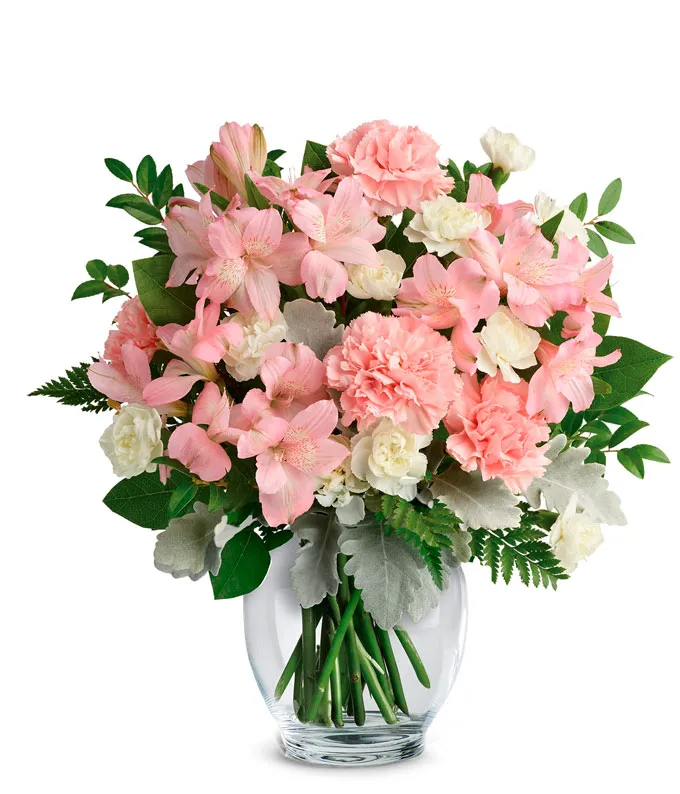
Carnations are popularly used in herbal drinks and as a natural remedy. It’s known for its many health benefits, including restoring energy and reducing stress. It’s also sometimes used to treat fever and stomach aches.
Disclaimer
Carnation oil, on the other hand, is used in various beauty products due to its moisturizing capabilities. It’s believed to help minimize the appearance of wrinkles, moisturize the skin, and treat other types of skin conditions.
Symbolism of Carnations According to Color
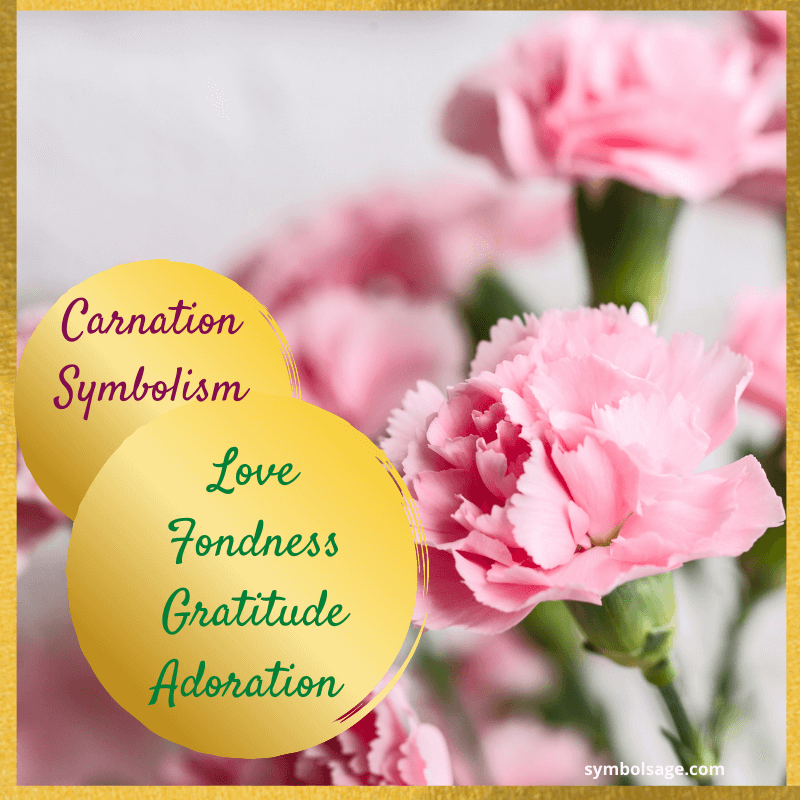
Carnations have different meanings, representations, and symbolism depending on their color. Generally, it signifies love, but each color has its own meaning.
1. Pink
Pink carnations come in a range of shades and generally indicate gratitude. In some cases, it may mean capriciousness. This color also represents motherly love and protection. Light pink carnations embody a mother’s love and are a way of expressing one’s appreciation. Dark pink carnations, on the other hand, are used to show fondness and tenderness. It can also represent a blooming relationship between a couple.
2. Purple
In France, purple carnations serve as the country’s traditional flower for funerals. It is a way of showing your condolences. In some cases, it also acts as a form of apology.
3. Red
In the old days, red carnations signified socialism and labor in some countries. There are two types of red carnations, light red, and dark red. Light red signifies admiration and adoration. It implies a more subtle expression of love. Meanwhile, dark red strongly shows emotions of love and affection. Dark red carnations have a similar meaning as red roses.
4. Yellow
A yellow carnation, despite its happy color, embodies rejection and disappointment. It connotes a negative message to the receiver. When a person gives it to their significant other, it may mean that they want to break up with them.
5. White
White carnations represent purity and luck. Giving white carnations is an indication that your love is pure and true. It may also signify a prosperous and long life, which is why it’s a popular flower to give to elders.
6. Green
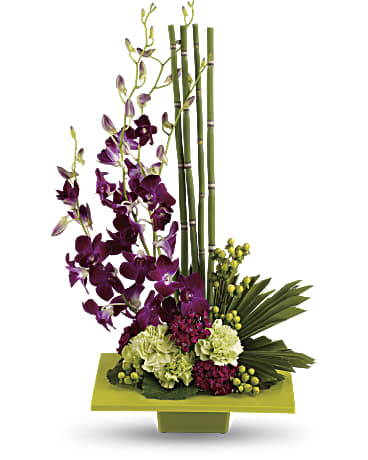
Green carnations have been identified as a symbol of homosexuality. Oscar Wilde popularized the trend of wearing green carnations as a way to indicate one’s sexuality.
Cultural Significance and Symbolism
As one of the world’s oldest cultivated flowers, carnations have a rich history of symbolism and representation. Its meaning varies in different parts of the world.
1. Christianity
According to a Christian legend, carnations first bloomed from the tears of the Virgin Mary as she witnessed her son, Jesus Christ, carrying the cross. As her tears fell to the ground, carnations started to grow in their place. Hence, the pink carnation implies a mother’s, undying love. Many people believe that the flower’s name was derived from the term incarnation.
2. Victorian Era
During this period, flowers were used as a code and message from a suitor or an admirer. It also served as the answer to a message. Solid-colored carnations meant yes while striped carnations implied that the person refused. A yellow carnation, on the other hand, symbolized dejection and disappointment.
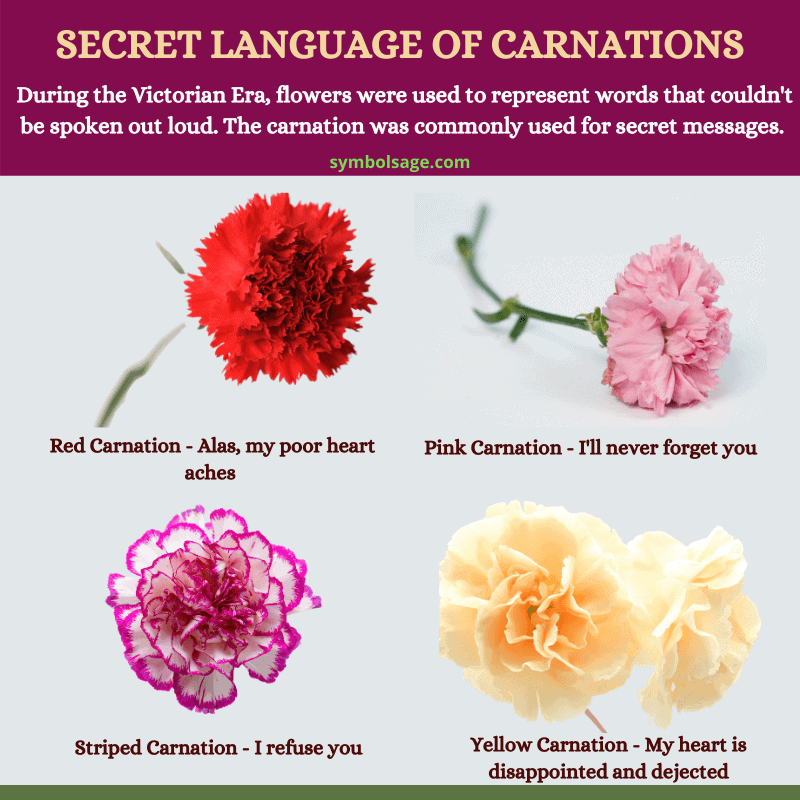
3. United States
Carnations serve as the country’s official flower on Mother’s Day. It is also a popular flower widely used in various occasions and events such as proms. During St. Patrick’s Day, the festivalgoers usually wear a green carnation.
4. Korea
In Korea, the locals use this flower to forecast a young girl’s fortune. The Koreans use three fresh carnations and place them on a young girl’s hair. Afterward, they will observe which one will die first. If the lower flower wilts first, this means that the girl will encounter huge obstacles throughout her life. Meanwhile, if the middle flower dies first, she will experience some disorder during her youth. If the top flower perishes first, she will experience conflict in the latter years of her life.
5. Japan
The Japanese recognize the red carnation as a symbol of love. It is also given during Mother’s Day.
6. China
In traditional Chinese culture, carnations are the most commonly used flowers in wedding ceremonies.
7. Netherlands
This flower is worn as a reminder of the veterans and the country’s fight against World War II. As such, it’s similar to the red poppy in symbolism.
Wrapping Up
Carnations have a rich historical and cultural significance and are valued for their beauty and variety. They make for excellent floral decorations and are commonly used in wedding bouquets. While in general, carnations are known to symbolize love, fascination, and distinction, you can create a more personalized message based on the color you choose.





